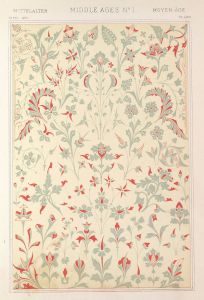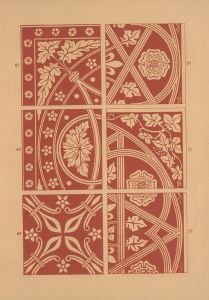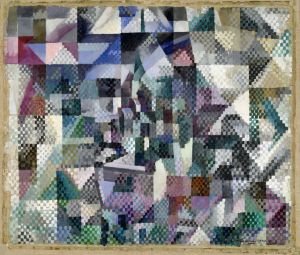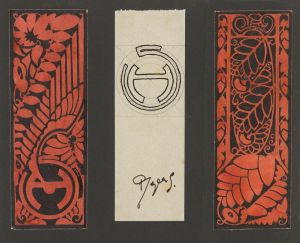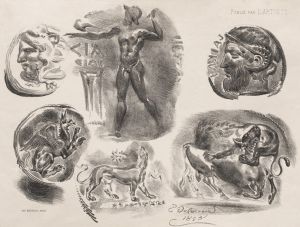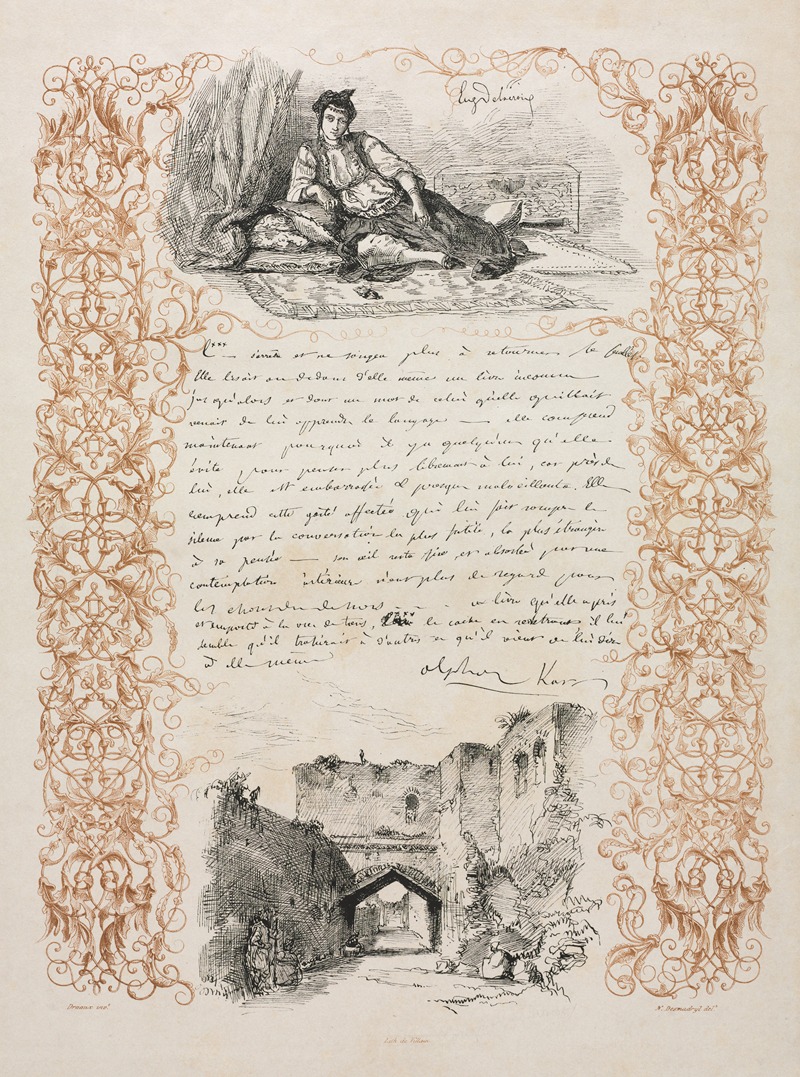
Jewess of Algiers and a Street in Algiers
A hand-painted replica of Eugène Delacroix’s masterpiece Jewess of Algiers and a Street in Algiers, meticulously crafted by professional artists to capture the true essence of the original. Each piece is created with museum-quality canvas and rare mineral pigments, carefully painted by experienced artists with delicate brushstrokes and rich, layered colors to perfectly recreate the texture of the original artwork. Unlike machine-printed reproductions, this hand-painted version brings the painting to life, infused with the artist’s emotions and skill in every stroke. Whether for personal collection or home decoration, it instantly elevates the artistic atmosphere of any space.
Eugène Delacroix, a prominent French Romantic artist, painted Jewess of Algiers and a Street in Algiers during or after his influential journey to North Africa in 1832. This trip, which included visits to Morocco, Algeria, and Spain, profoundly impacted his artistic style and subject matter. Delacroix was part of a diplomatic mission to Morocco, but he also traveled to Algiers, where he observed and documented the local culture, architecture, and people. These experiences provided him with rich material for his later works.
The painting Jewess of Algiers and a Street in Algiers reflects Delacroix's fascination with the exoticism and vibrant life of North Africa, a theme that became central to many of his works. The piece is believed to depict a Jewish woman in traditional attire, a subject that Delacroix explored in several of his paintings and sketches. During his time in Algiers, he visited Jewish communities and was struck by their customs, clothing, and way of life, which he considered distinct and visually compelling. The painting also includes a depiction of a street scene in Algiers, showcasing the city's architecture and daily life.
Delacroix's works from this period are notable for their vivid colors, dynamic compositions, and attention to detail, all of which are evident in this painting. His use of color and light was influenced by his observations of the intense sunlight and vibrant hues of North Africa. These elements helped to distinguish his work from the more restrained palettes of earlier European art.
The painting is part of a broader body of work that reflects Delacroix's interest in Orientalism, a 19th-century artistic and literary movement that sought to depict the cultures of the Middle East, North Africa, and Asia. While Orientalist works have been criticized for their stereotypical and romanticized portrayals, Delacroix's art is often praised for its sensitivity and depth of observation.
Today, Jewess of Algiers and a Street in Algiers is recognized as an important example of Delacroix's exploration of North African themes and his contribution to the Romantic movement. The painting is housed in the Musée des Beaux-Arts in Bordeaux, France, where it is part of a collection that highlights Delacroix's artistic legacy.





